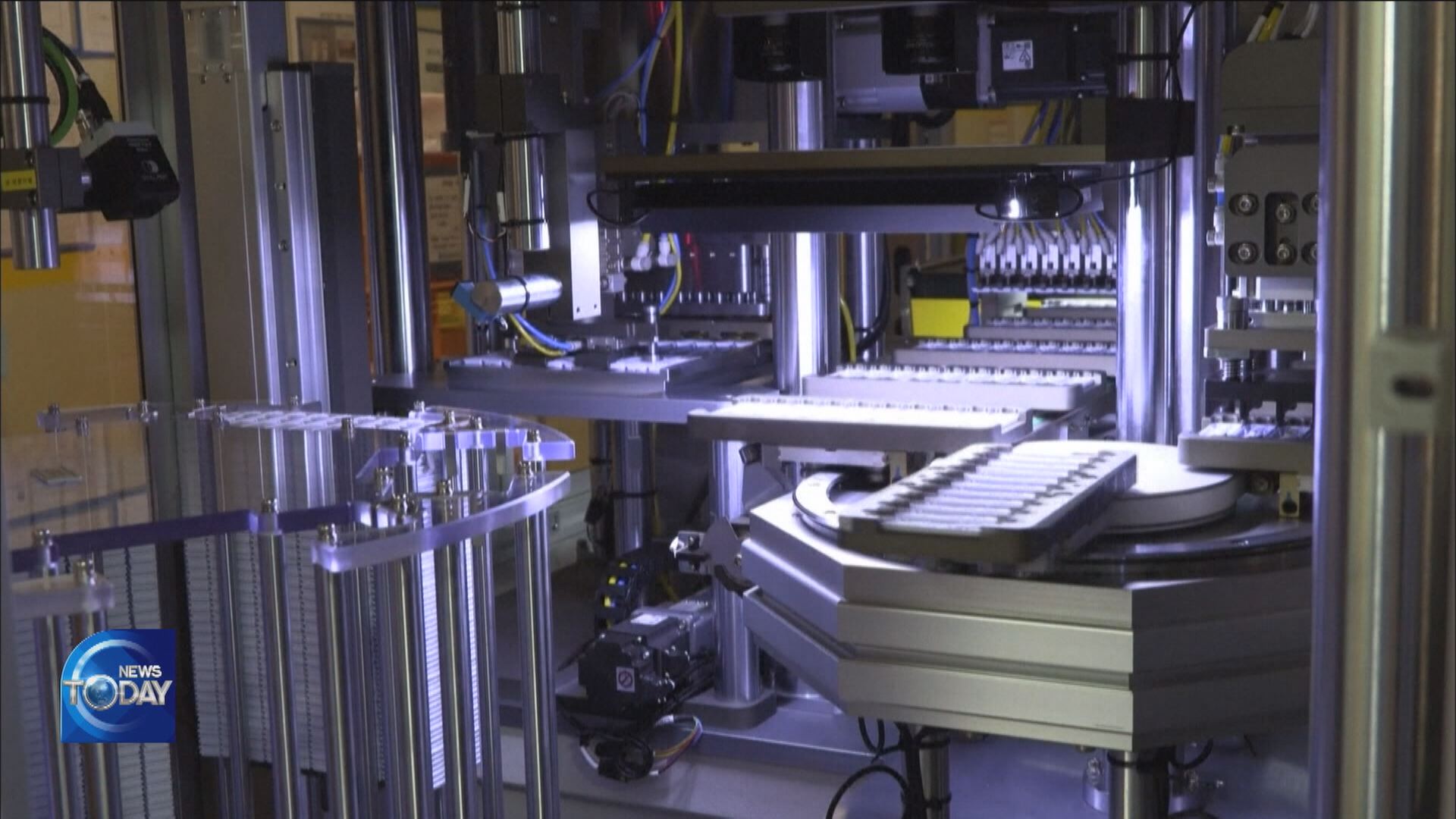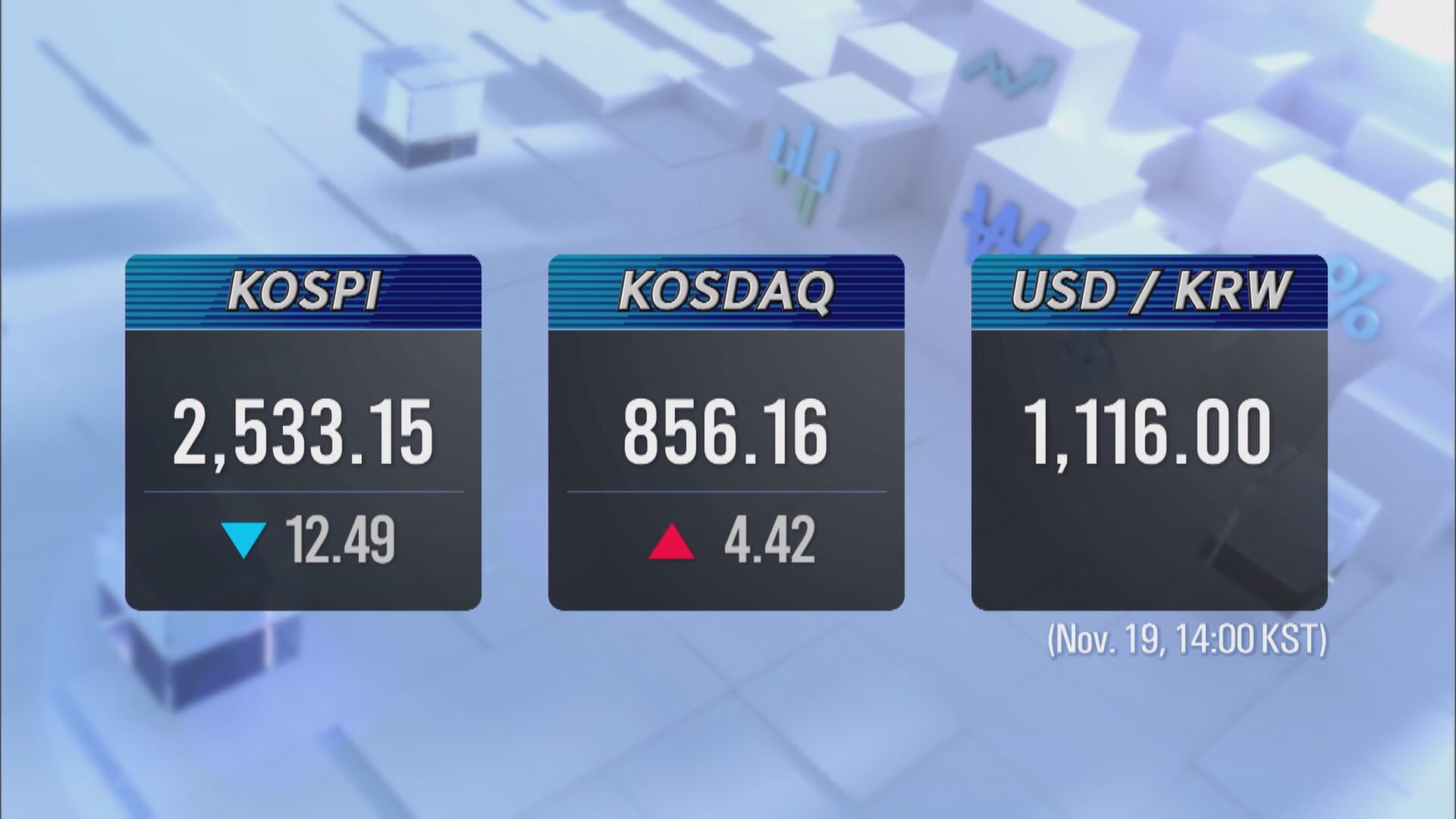SATELLITE SHOWS CAUSE OF FINE DUST
입력 2020.11.19 (16:12)
수정 2020.11.19 (16:55)
읽어주기 기능은 크롬기반의
브라우저에서만 사용하실 수 있습니다.
[Anchor Lead]
Footage filmed by Korea's geostationary multi-purpose satellite Chollian 2B has been disclosed for the first time. The footage clearly shows where fine dust and other pollutants affecting the Korean Peninsula come from.
[Pkg]
[Soundbite] (KBS NEWS, OCT. 20) : "Air quality in the western part of the peninsula will be low today because of fine dust from overseas and domestically produced fine dust."
This image was taken by the Chollian 2B satellite.
A dark red layer is concentrated above the eastern part of China. As time goes by, it gradually appears over the Korean Peninsula. This image shows yellow dust and high-concentration fine dust coming from China. It's the start of the Chollian 2B satellite serving its intended purpose.
[Soundbite] KIM YOUNG-WOO(NATIONAL INSTITUTE OF ENVIRONMENTAL RESEARCH) : "By monitoring video images taken at different time slots, we can trace the origin of air pollutants as well as how they move and spread."
The satellite's mission is to observe air quality in the Asian region. In terms of performance and usability, it is rated as being superior to environmental satellites developed in the U.S. and Europe. Unlike the U.S. and European satellites, which move around the Earth at low orbits and observe the atmosphere once daily, the Chollian 2B remains 36,000 km above the ground to observe the same region up to eight times a day. It can also trace where air pollutants come from and how they move. The Chollian 2B is expected to provide crucial clues on where fine dust on the Korean Peninsula originates from.
[Soundbite] LEE DONG-WON(NATIONAL INSTITUTE OF ENVIRONMENTAL RESEARCH) : "We plan to conduct studies on fine dust from China and other regions."
The Chollian 2B is expected to be in service for around 10 years. Data on air quality sent by the satellite will likely be disclosed to the public from the first half of 2021. The government plans to share it with other Asian countries for joint studies.
Footage filmed by Korea's geostationary multi-purpose satellite Chollian 2B has been disclosed for the first time. The footage clearly shows where fine dust and other pollutants affecting the Korean Peninsula come from.
[Pkg]
[Soundbite] (KBS NEWS, OCT. 20) : "Air quality in the western part of the peninsula will be low today because of fine dust from overseas and domestically produced fine dust."
This image was taken by the Chollian 2B satellite.
A dark red layer is concentrated above the eastern part of China. As time goes by, it gradually appears over the Korean Peninsula. This image shows yellow dust and high-concentration fine dust coming from China. It's the start of the Chollian 2B satellite serving its intended purpose.
[Soundbite] KIM YOUNG-WOO(NATIONAL INSTITUTE OF ENVIRONMENTAL RESEARCH) : "By monitoring video images taken at different time slots, we can trace the origin of air pollutants as well as how they move and spread."
The satellite's mission is to observe air quality in the Asian region. In terms of performance and usability, it is rated as being superior to environmental satellites developed in the U.S. and Europe. Unlike the U.S. and European satellites, which move around the Earth at low orbits and observe the atmosphere once daily, the Chollian 2B remains 36,000 km above the ground to observe the same region up to eight times a day. It can also trace where air pollutants come from and how they move. The Chollian 2B is expected to provide crucial clues on where fine dust on the Korean Peninsula originates from.
[Soundbite] LEE DONG-WON(NATIONAL INSTITUTE OF ENVIRONMENTAL RESEARCH) : "We plan to conduct studies on fine dust from China and other regions."
The Chollian 2B is expected to be in service for around 10 years. Data on air quality sent by the satellite will likely be disclosed to the public from the first half of 2021. The government plans to share it with other Asian countries for joint studies.
■ 제보하기
▷ 카카오톡 : 'KBS제보' 검색, 채널 추가
▷ 전화 : 02-781-1234, 4444
▷ 이메일 : kbs1234@kbs.co.kr
▷ 유튜브, 네이버, 카카오에서도 KBS뉴스를 구독해주세요!
- SATELLITE SHOWS CAUSE OF FINE DUST
-
- 입력 2020-11-19 16:12:09
- 수정2020-11-19 16:55:10

[Anchor Lead]
Footage filmed by Korea's geostationary multi-purpose satellite Chollian 2B has been disclosed for the first time. The footage clearly shows where fine dust and other pollutants affecting the Korean Peninsula come from.
[Pkg]
[Soundbite] (KBS NEWS, OCT. 20) : "Air quality in the western part of the peninsula will be low today because of fine dust from overseas and domestically produced fine dust."
This image was taken by the Chollian 2B satellite.
A dark red layer is concentrated above the eastern part of China. As time goes by, it gradually appears over the Korean Peninsula. This image shows yellow dust and high-concentration fine dust coming from China. It's the start of the Chollian 2B satellite serving its intended purpose.
[Soundbite] KIM YOUNG-WOO(NATIONAL INSTITUTE OF ENVIRONMENTAL RESEARCH) : "By monitoring video images taken at different time slots, we can trace the origin of air pollutants as well as how they move and spread."
The satellite's mission is to observe air quality in the Asian region. In terms of performance and usability, it is rated as being superior to environmental satellites developed in the U.S. and Europe. Unlike the U.S. and European satellites, which move around the Earth at low orbits and observe the atmosphere once daily, the Chollian 2B remains 36,000 km above the ground to observe the same region up to eight times a day. It can also trace where air pollutants come from and how they move. The Chollian 2B is expected to provide crucial clues on where fine dust on the Korean Peninsula originates from.
[Soundbite] LEE DONG-WON(NATIONAL INSTITUTE OF ENVIRONMENTAL RESEARCH) : "We plan to conduct studies on fine dust from China and other regions."
The Chollian 2B is expected to be in service for around 10 years. Data on air quality sent by the satellite will likely be disclosed to the public from the first half of 2021. The government plans to share it with other Asian countries for joint studies.
Footage filmed by Korea's geostationary multi-purpose satellite Chollian 2B has been disclosed for the first time. The footage clearly shows where fine dust and other pollutants affecting the Korean Peninsula come from.
[Pkg]
[Soundbite] (KBS NEWS, OCT. 20) : "Air quality in the western part of the peninsula will be low today because of fine dust from overseas and domestically produced fine dust."
This image was taken by the Chollian 2B satellite.
A dark red layer is concentrated above the eastern part of China. As time goes by, it gradually appears over the Korean Peninsula. This image shows yellow dust and high-concentration fine dust coming from China. It's the start of the Chollian 2B satellite serving its intended purpose.
[Soundbite] KIM YOUNG-WOO(NATIONAL INSTITUTE OF ENVIRONMENTAL RESEARCH) : "By monitoring video images taken at different time slots, we can trace the origin of air pollutants as well as how they move and spread."
The satellite's mission is to observe air quality in the Asian region. In terms of performance and usability, it is rated as being superior to environmental satellites developed in the U.S. and Europe. Unlike the U.S. and European satellites, which move around the Earth at low orbits and observe the atmosphere once daily, the Chollian 2B remains 36,000 km above the ground to observe the same region up to eight times a day. It can also trace where air pollutants come from and how they move. The Chollian 2B is expected to provide crucial clues on where fine dust on the Korean Peninsula originates from.
[Soundbite] LEE DONG-WON(NATIONAL INSTITUTE OF ENVIRONMENTAL RESEARCH) : "We plan to conduct studies on fine dust from China and other regions."
The Chollian 2B is expected to be in service for around 10 years. Data on air quality sent by the satellite will likely be disclosed to the public from the first half of 2021. The government plans to share it with other Asian countries for joint studies.
이 기사가 좋으셨다면
-
좋아요
0
-
응원해요
0
-
후속 원해요
0

















이 기사에 대한 의견을 남겨주세요.